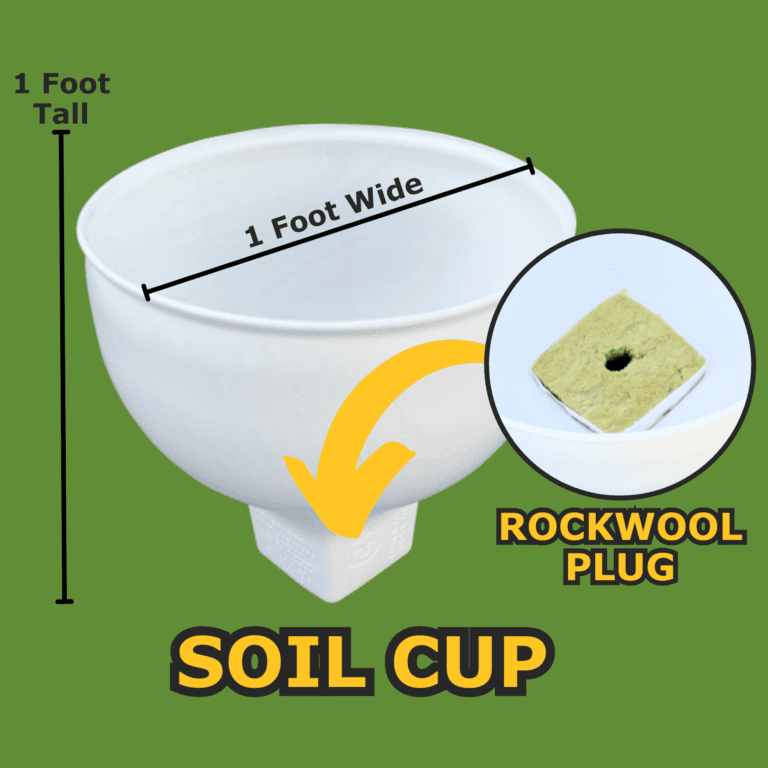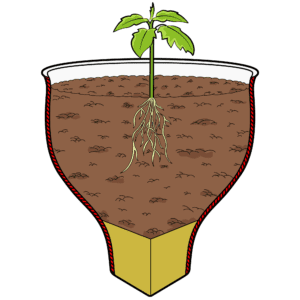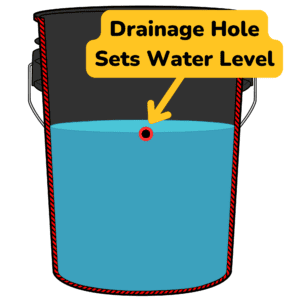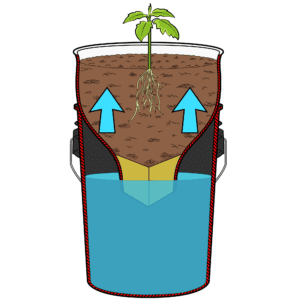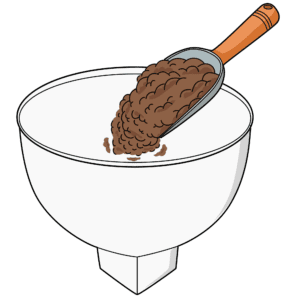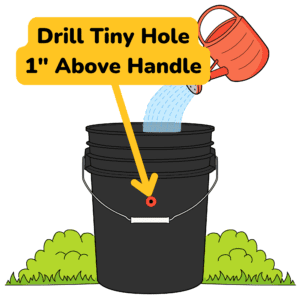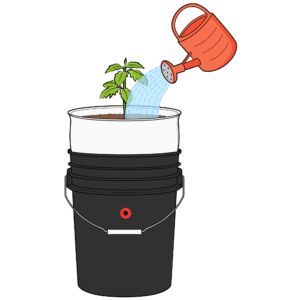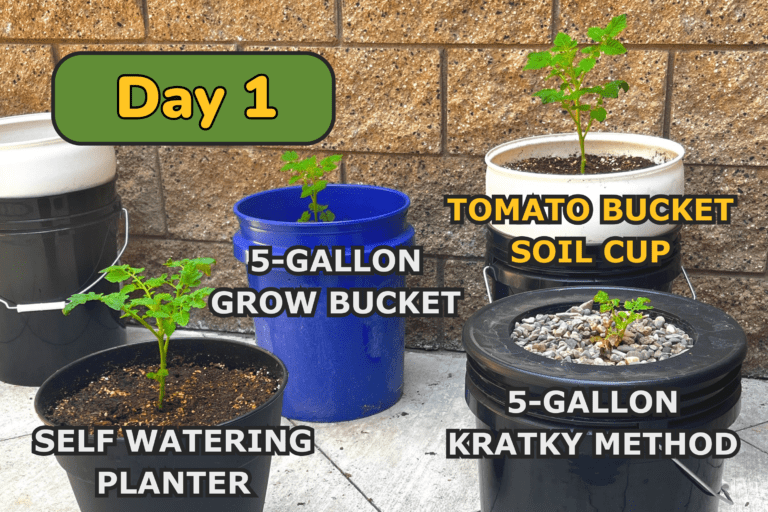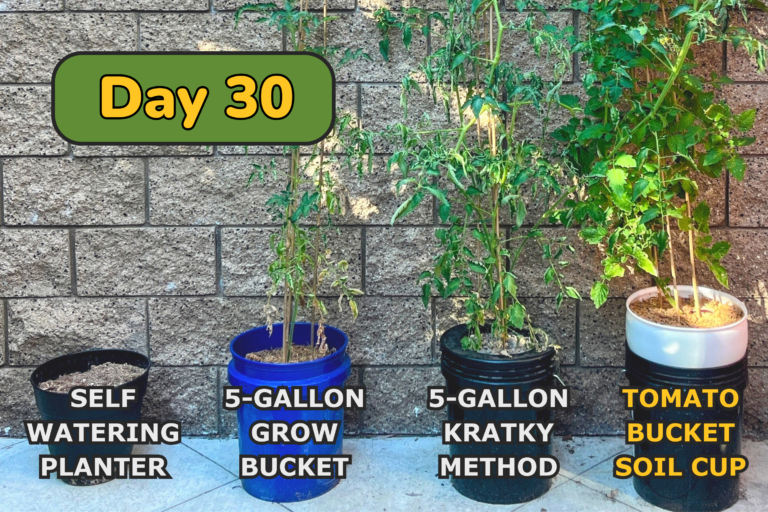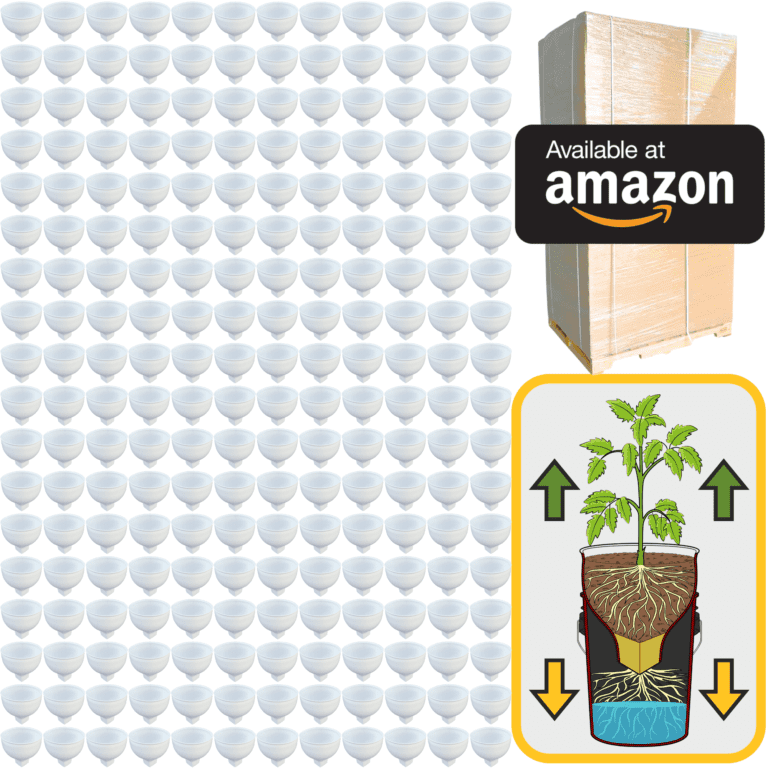The ebb and flow system, or flood and drain, is one of the most balanced and nurturing methods in hydroponics, designed to give plants exactly what they need, exactly when they need it. This system alternates between flooding the plant roots with nutrient-rich water and then allowing that water to drain away, giving the roots time to soak up oxygen. By providing regular cycles of flooding and draining, ebb and flow encourages robust growth, keeping the roots both well-fed and well-aerated. It’s a setup that may seem complex at first glance, but once you see it in action, you’ll realize how natural and intuitive it feels, and you’ll understand why it’s so effective for a wide range of plants.
In an ebb and flow system, plants are placed in a grow tray filled with a supportive growing medium like clay pebbles, coco coir, or rockwool. Beneath this grow tray sits a reservoir filled with nutrient solution. A pump connected to the reservoir brings the nutrient solution up into the grow tray at set intervals, flooding the roots and giving them access to everything they need for growth. After a set time, the pump shuts off, and the solution drains back down into the reservoir, leaving the roots exposed to air. This simple cycle of flooding and draining provides a powerful combination of hydration and oxygen, essential ingredients for healthy, vibrant plants.
One of the great benefits of ebb and flow is that it mimics the natural cycles of rainfall and drying, a rhythm that many plants respond to especially well. During each flood cycle, roots are submerged in the nutrient solution, absorbing water and nutrients while also filling the air pockets within the growing medium. When the water drains away, those air pockets are refreshed with oxygen, which the roots then take in during the dry phase. Oxygen is crucial for roots, as it enables them to absorb nutrients effectively and helps prevent root rot. By alternating these wet and dry phases, ebb and flow maintains an ideal environment for roots, keeping them strong and resilient.
Setting up an ebb and flow system requires just a few main components: a grow tray for the plants, a reservoir for the nutrient solution, a pump to move the solution up into the grow tray, and a timer to control the flood cycles. The grow tray sits above the reservoir, which holds the nutrient solution. The timer on the pump controls when the tray is flooded and how long the roots remain submerged before the water drains back down. Once the timer is set, the system essentially runs itself, delivering water, nutrients, and oxygen to the plants with minimal oversight. This balanced cycle keeps the roots well-fed and oxygenated, creating a setup that is both efficient and highly effective.
Choosing the right growing medium for an ebb and flow system can make a big difference in plant health. The medium not only provides stability for the plant but also holds moisture between flood cycles. Clay pebbles are a popular choice because they’re porous, lightweight, and allow plenty of air to reach the roots. Coco coir and rockwool are also excellent, as they retain moisture well while offering good drainage. The medium you choose should support the roots and allow them to absorb water and oxygen without becoming waterlogged, giving the roots a perfect balance of moisture and air.
Ebb and flow is incredibly versatile, as you can adjust the frequency and duration of flooding cycles to suit different plants. Fast-growing plants like lettuce, basil, and other leafy greens tend to thrive with more frequent cycles, as they love the steady supply of water and nutrients. Slower-growing or drought-tolerant plants can do well with fewer cycles, giving them more time to dry out between floods. As you work with the system, you’ll develop a sense of each plant’s needs and can fine-tune the timing to match their natural rhythms. This flexibility makes ebb and flow ideal for a wide variety of plants, from small herbs to larger fruiting vegetables like tomatoes and peppers.
Maintaining an ebb and flow system is straightforward, but it does require regular monitoring to keep plants healthy. The nutrient solution in the reservoir should be checked to ensure the pH and nutrient levels are balanced. Plants typically prefer a slightly acidic environment, with a pH between 5.5 and 6.5, which allows them to absorb nutrients effectively. The concentration of nutrients, or electrical conductivity (EC), should also be monitored, as plants take up nutrients over time and may need a fresh solution periodically. Regularly checking these levels and topping off the reservoir as needed ensures that your plants have a steady, balanced supply of nutrients and that the system remains in optimal condition.
Watching plants flourish in an ebb and flow system is a uniquely satisfying experience. Each flood cycle allows the roots to absorb nutrients, while each drain brings in fresh oxygen, creating a rhythm that supports rapid, healthy growth. Leafy greens like spinach and arugula respond especially well, showing vibrant, crisp leaves in just a few weeks. Herbs such as mint, thyme, and cilantro become lush and aromatic, while larger plants like tomatoes and strawberries produce strong, healthy growth that leads to abundant harvests. Ebb and flow creates an environment that encourages plants to reach their full potential, and you’ll quickly see the benefits in the growth and quality of your harvest.
There’s something almost meditative about the ebb and flow system. Over time, you’ll become familiar with the cycle, feeling the timing of the floods and watching as the plants respond. The pump and timer take care of the heavy lifting, keeping your plants in perfect balance without constant attention. This allows you to observe and enjoy the process, developing an understanding of each plant’s needs and adjusting the cycle as needed. Ebb and flow brings you into a rhythm with your plants, creating a sense of partnership as you work together to support their growth.
The ebb and flow system shows just how powerful a well-designed hydroponic setup can be. By providing roots with alternating periods of water and air, it creates an environment that’s incredibly effective for plant growth. This system is adaptable to a wide range of spaces and scales well, making it suitable for everything from small home setups to large commercial gardens. The gentle, natural rhythm of ebb and flow supports plants in a way that feels both effective and deeply satisfying, giving you the chance to cultivate a healthy, thriving garden with confidence.
Using ebb and flow, you’re not just growing plants; you’re building a balanced, sustainable environment that promotes life. Each new leaf, each thriving root, is a testament to the system’s effectiveness and your role in creating it. Ebb and flow invites you to experience hydroponics at its best, connecting you to the natural balance between water, nutrients, and oxygen. For beginners and seasoned gardeners alike, it offers a rewarding journey into the world of soilless growing, showing you how to nurture a garden that is both productive and fulfilling. This method brings a new level of understanding to gardening, allowing you to cultivate not only plants but a sense of connection and joy in the art of growing.

